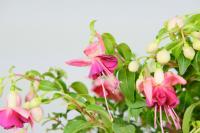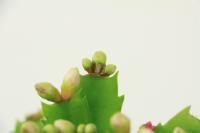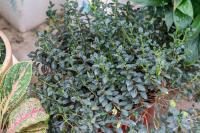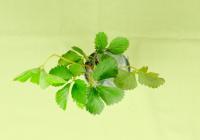1、 The temperature is too high
Phalaenopsis is suitable for growing in a warm environment. Too high temperature will cause the plant to enter a dormant state, accelerate water evaporation, and cause the leaves to turn yellow due to water loss. Generally, the temperature in summer cannot exceed 30 ℃. If the temperature is too high, it is necessary to spray water around to cool down, and maintain good ventilation to avoid bacterial breeding
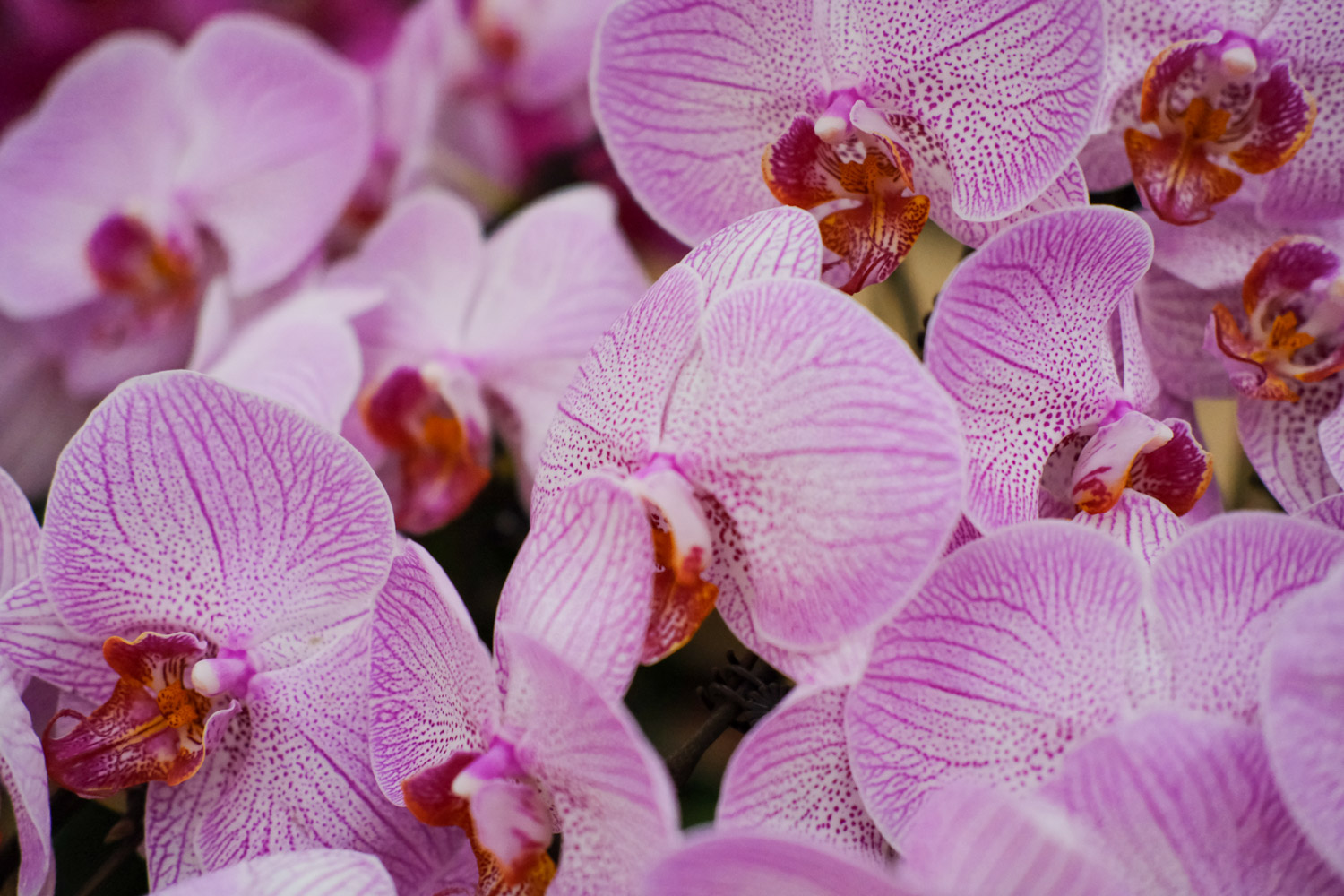
2、 Excessive water and fertilizer
Butterfly orchid likes to be wet and needs sufficient nutrients in the growth process, but excessive water and fertilizer is easy to affect the growth of roots, may also rot and leaves will fall off. Pay attention to the amount of water when watering in daily maintenance, and don't let there be ponding in the basin soil. Fertilization is mostly in the vigorous growth period, with a small amount for many times. The fertilizer should be light rather than thick. Generally, compound fertilizer is selected
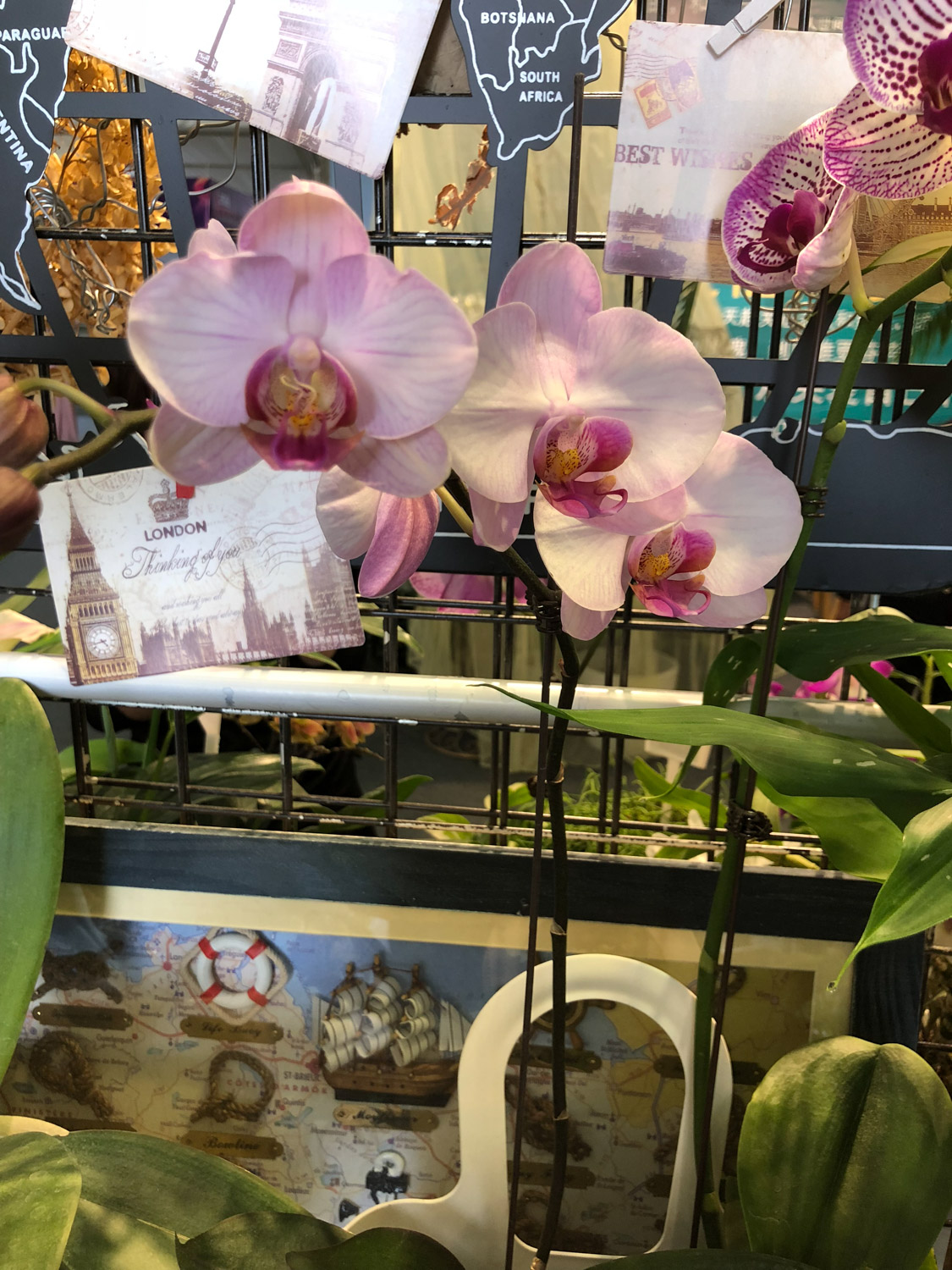
3、 Strong light
Phalaenopsis is generally kept indoors in a bright place so that it can receive scattered light. If the light is too strong, the leaves are easy to be sunburned, resulting in yellowing. At ordinary times, the time to bask in the sun must be in the morning or evening. It needs appropriate shade at noon. In winter, the sun is not strong. You can bask in it all day, which is helpful for the plant to survive the winter
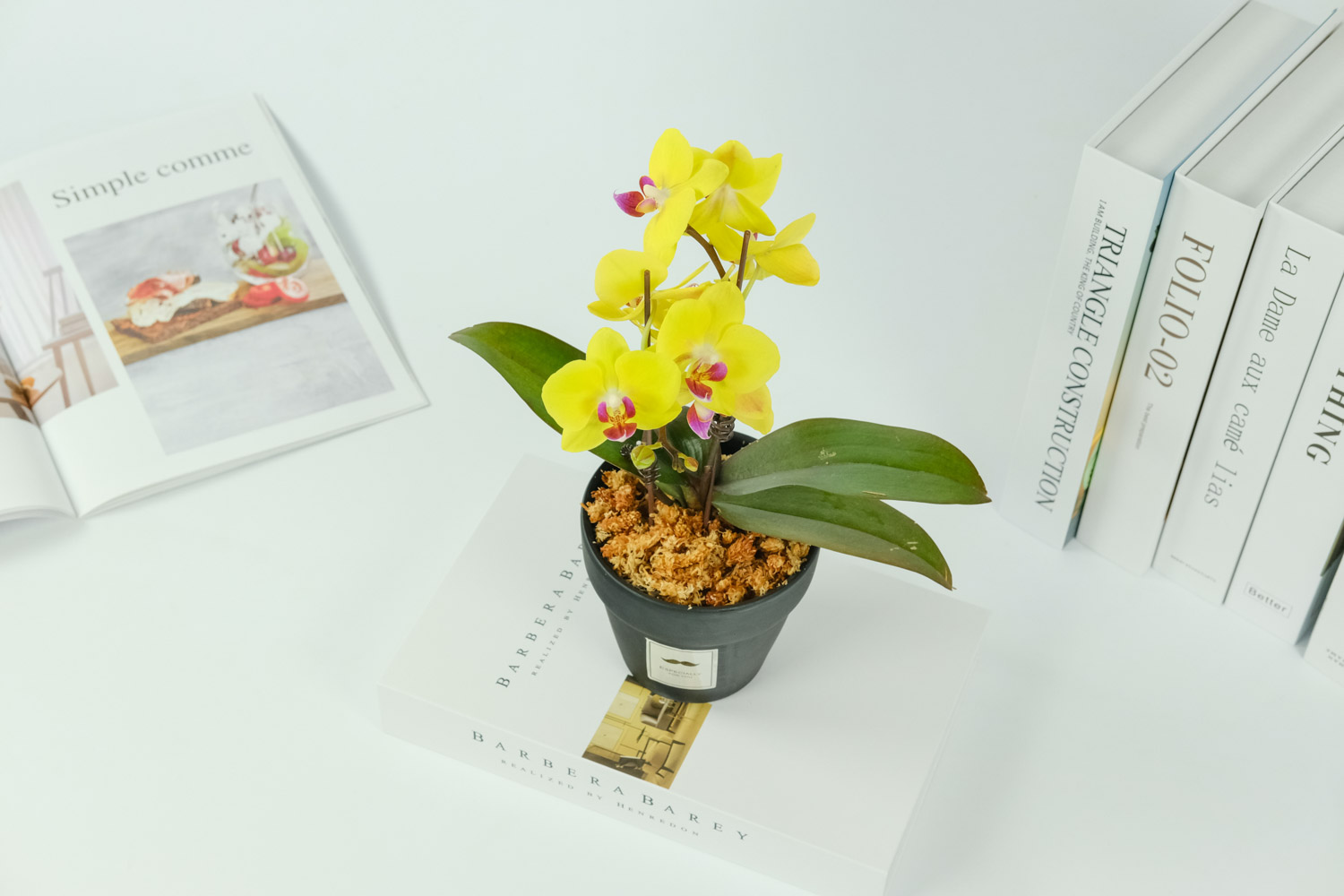
4、 Pest invasion
If Phalaenopsis gets sick and gives birth to insects during its growth, it will also cause the leaves to turn yellow. In view of this situation, it is necessary to cut off the diseased branches and leaves in time and burn them intensively to avoid the spread of bacteria. In addition, drugs should be sprayed, usually treated with carbendazim or chlorothalonil. Insecticides such as trichlorfon can be sprayed to eliminate pests

 How is it that the l...
How is it that the l...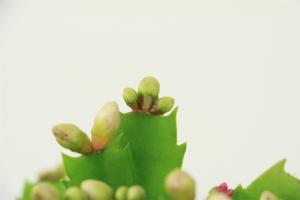 How do crab claw orc...
How do crab claw orc... Causes and treatment...
Causes and treatment... Causes and treatment...
Causes and treatment...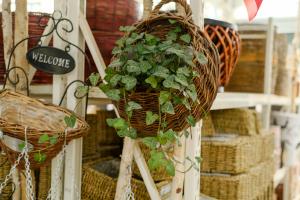 What's the matter wi...
What's the matter wi...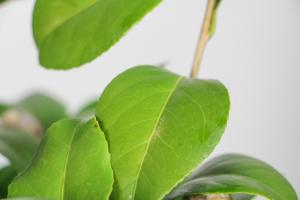 What's the matter wi...
What's the matter wi... What's the matter wi...
What's the matter wi...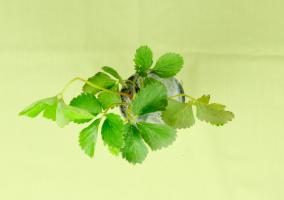 What's the matter wi...
What's the matter wi...



























